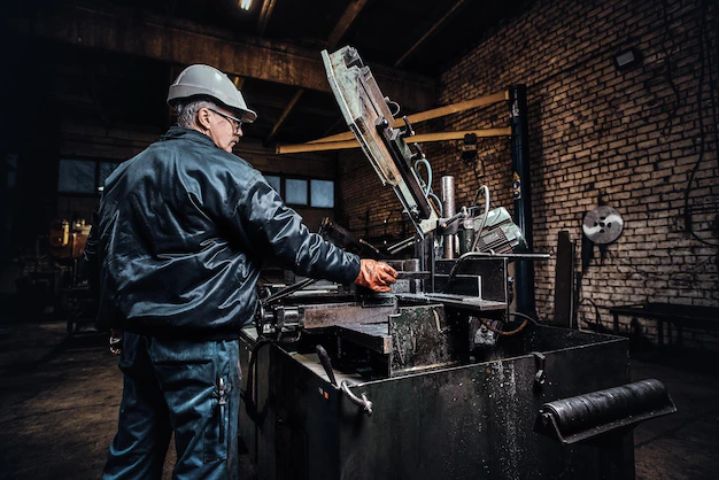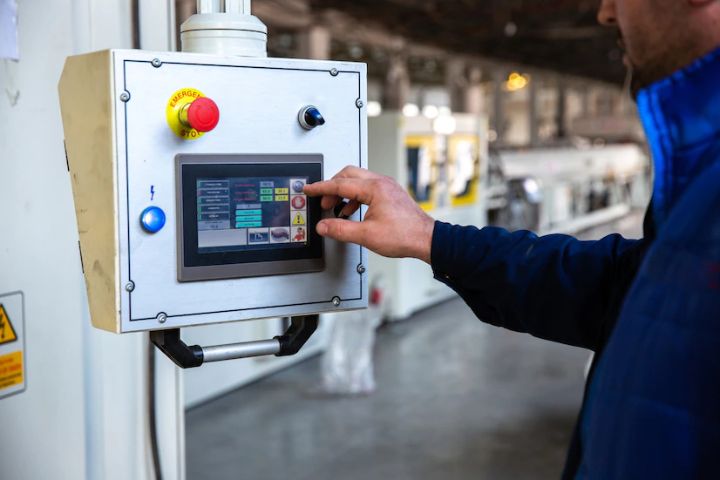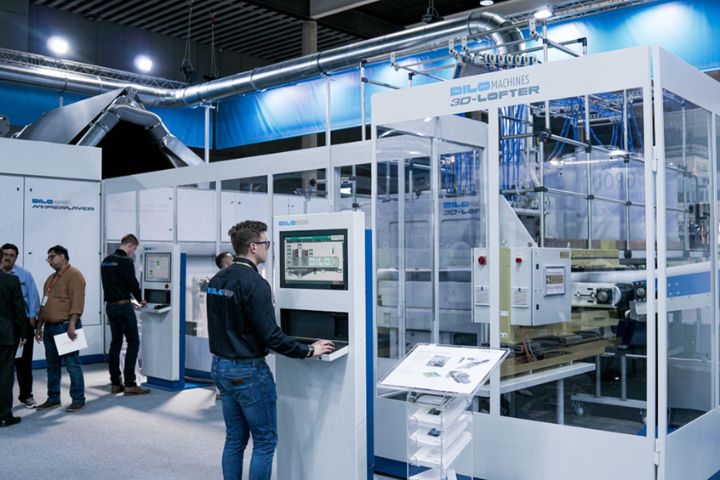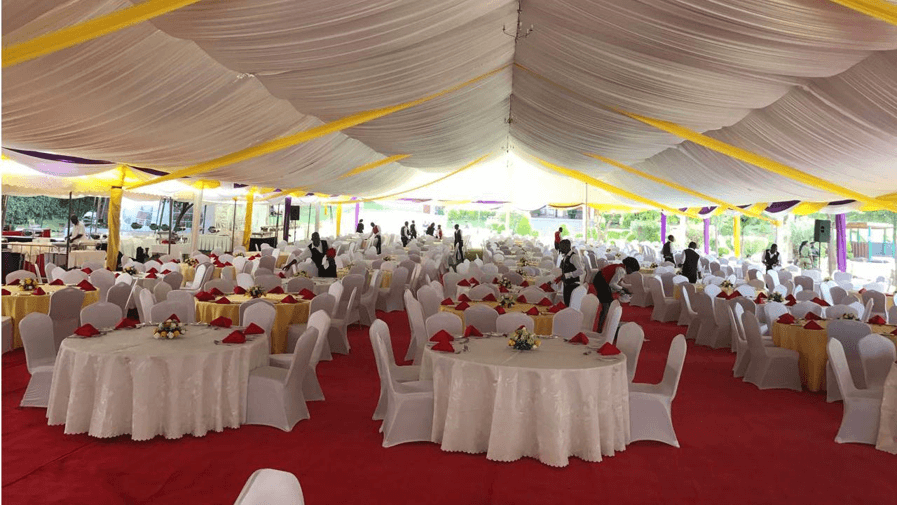Whether you’re a small manufacturing business or a large one, it can be tempting to think that your systems are working fine. But the truth is, there’s always room for improvement. If you want to save money and improve efficiency in your company, consider these eight ways:
Use Better Technology
You can use technology to improve efficiency. It will help you make better decisions, use resources more efficiently and be more productive. This can lead to savings on labor costs, which means that you can pass those savings along to your customers in the form of lower prices.
Technology is also crucial for reaching a larger customer base and improving quality control measures within your business.
Use The Right Type Of Actuator

Actuators are used to control movement and can be electric or hydraulic. Electric actuators are better for small movements, while hydraulic ones are better for large movements. Using a linear actuator has the added benefit of being able to handle high pressure, which is ideal for manufacturing processes that require heavy lifting.
Audit Your Workflow
As you work to improve the efficiency of your manufacturing business, it will be very helpful to do a complete audit of your current workflow. This means taking the time to look at the process from beginning to end and from the customer’s perspective. You should also think about how you can make the process better, and how you can make it more efficient.
Asking yourself these questions will help ensure that any changes that are made improve productivity rather than hinder it. If there is no improvement in productivity after implementing a new process or system, then it might be time for an overhaul instead of an upgrade!
Use Machines For Folding And Packing

Many folding and packing machines can be used to fold and pack items. Machines, such as letter folding machines, are equipped with unique features such as the ability to program folding patterns and fold different-sized, shaped, and material items with ease. The use of these machines will allow you to reduce wastage in your manufacturing business by minimizing the time spent folding manually while increasing efficiency in your production process.
Build A Culture Of Efficiency
To build a culture of efficiency, you need to define what efficiency means for your business. Is it cost-per-unit? What are the costs? The most important thing is to know what the problem is before you start solving it.
Once you have clearly defined the problem and its root cause in terms of dollars spent and time wasted, then you can begin creating metrics for measuring your progress and results. You should set goals that are both ambitious and realistic; this will keep everyone motivated but also avoid setting expectations that may not be met at first (which could lead to frustration).
Customize Your Control Panels

To get more out of your electrical control panels, customize it. Customize the control panel to make it easy for users to use and understand. Make sure that the control panel is easy to clean and maintain.
Think About The Future
The future is both predictable and unpredictable. By looking at trends in your industry, you can predict what will happen in the future. However, some things will come as a surprise to you. To prepare for these surprises, use a predictive model to determine how your business may change over time and then make changes accordingly.
You and your team should consider how:
- Your business will likely evolve in response to external factors (for example competitors entering or exiting the market)
- Your customers’ needs will change (for example they could get married and have children)
- Your suppliers’ needs will change (for example they could go out of business or switch suppliers)
Focus On Managing Errors And Waste, Not Just Making Products
Managing errors and waste are key to increasing your efficiency in the manufacturing process.
Here’s the difference:
- Errors are mistakes that occur during the production process, such as a worker misreading a part.
- Waste is any loss of product or something that isn’t used properly, like scrap metal from cutting too many parts or leftover parts after assembly.
Think About Problems From Different Angles

To improve efficiency and get the most out of your manufacturing business, you have to think about problems from different angles. Don’t just look at the problem itself; look at the people involved in solving it. However, don’t just look at the product or service; look at who is buying it and what their needs are. Don’t just think about how things are done now; think about how they could be done better in the future if only there were some changes made today!
If this sounds too abstract for you, let’s use an example:
- A machine breaks down and needs replacing urgently because so many orders aren’t getting fulfilled on time anymore due to its malfunctioning nature.
- There are three ways of approaching this issue: one is by thinking about how to replace this particular machine as soon as possible by finding another similar one somewhere else (and maybe even cheaper). Another option would be working with an expert mechanic who knows what needs fixing first before taking action towards repairing all other parts which might be damaged too – but not necessarily always needing immediate attention right away like a simple replacement would entail. This could lead to delaying production until everything gets fixed up properly again…which isn’t feasible unless you have enough cash flow coming through regularly enough without having any major expense issues arising from unexpected repairs during periods when there isn’t much available income coming through yet.
Conclusion
We hope you’ve found these tips useful. They can help you improve the efficiency of your business and make it a more profitable one, which is always a good thing!
Read Also:






















